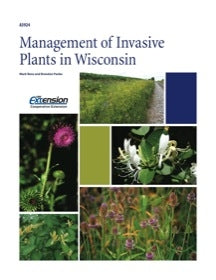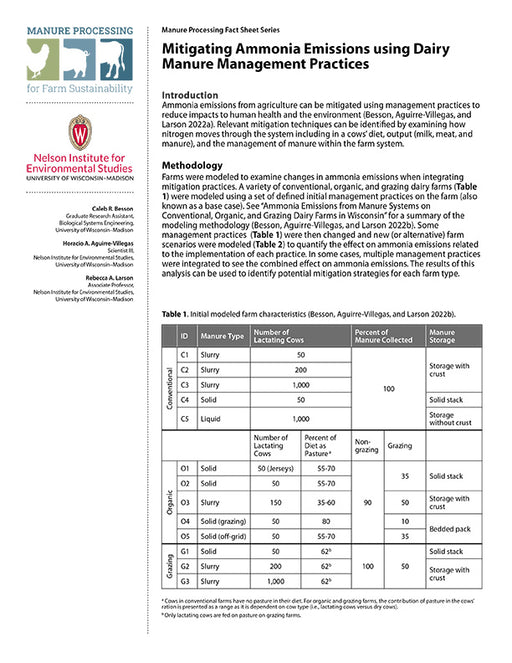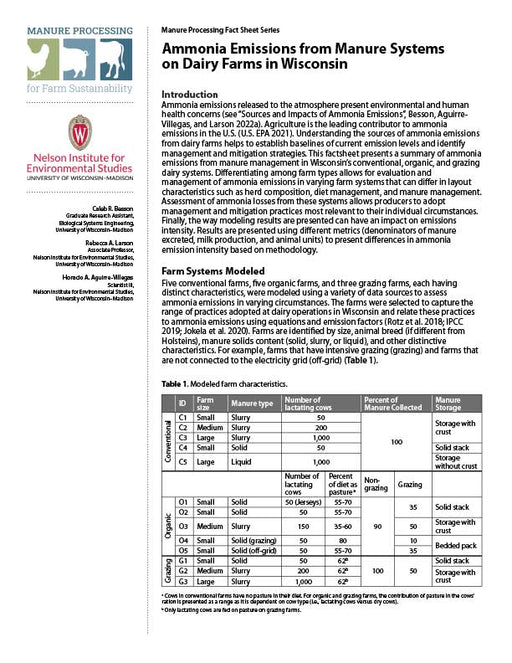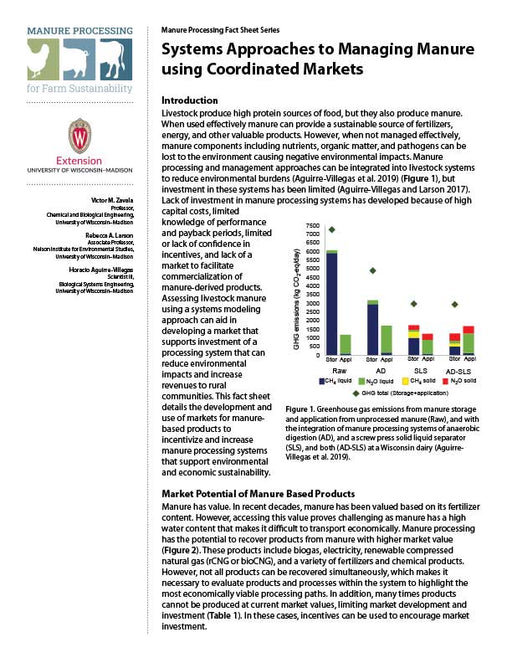Management of Invasive Plants in Wisconsin (set)
Author(s) Mark Renz, Brendon Panke.
Invasive plants can thrive and aggressively spread beyond their natural range, disrupting ecosystems. The Management of Invasive Plants in Wisconsin series explains how to identify invasive plants and provides common management options. Management methods recommend specific timings for treatment, as well as expected effectiveness. The set includes the 33 publications listed below, a table of contents, and a cover. To view PDFs of the individual publications, click the specific publication's link (148 pages; 2013).
- Black swallow-wort (A3924-01)
- Common and glossy buckthorns (A3924-02)
- Bush honeysuckles (A3924-03)
- Canada thistle (A3924-04)
- Creeping bellflower (A3924-05)
- Dame's rocket (A3924-06)
- Garlic mustard (A3924-07)
- Hedge-parsleys (A3924-08)
- Hill mustard (A3924-09)
- Japanese honeysuckle (A3924-10)
- Japanese knotweed (A3924-11)
- Poison hemlock (A3924-12)
- Spotted knapweed (A3924-13)
- Teasels (A3924-14)
- Wild parsnip (A3924-15)
- Biennial thistles (A3924-16)
- Black locust (A3924-17)
- Sericea lespedeza (A3924-18)
- Field bindweed (A3924-19)
- Multiflora rose (A3924-20)
- Crown-vetch (A3924-21)
- Purple loosestrife (A3924-22)
- Wild chervil (A3924-23)
- Sweetclovers (A3924-24)
- Asian bittersweet (A3924-25)
- Japanese hop (A3924-26)
- Japanese stiltgrass (A3924-27)
- Quackgrass (A3924-28)
- Bird's-foot trefoil (A3924-29)
- Leafy spurge (A3924-30)
- Privet (A3924-31)
- Common tansy (A3924-32)
- Tree-of-heaven (A3924-33)
Note: Japanese barberry (A3924-34) is not included in this set






